
An Oil Palm Plantation policy is being finalised to be presented in next year’s budget, as part of a broader effort to develop key economic crops within the agriculture sector in 2026 and beyond.
It aims to harness the full potential of oil palm and other strategic crops for generating large-scale employment across the value chain – from cultivation and processing to manufacturing and export.
This was announced by Finance minister Dr. Ato Forson during a high-level meeting with Regional Vice President for Africa-International Finance Corporation (IFC) Ethiopis Tafara in Washington, D.C.
Dr. Forson emphasised that agriculture will be placed at the heart of Ghana’s economic revival strategy. The discussion focused on strengthening collaboration between Ghana and the IFC to attract new investment and support the country’s agricultural transformation agenda.
Indeed, developing large-scale plantations requires patient capital and Dr. Forson assured that government is working closely with the World Bank, IFC and other development partners to mobilise the necessary financing to support private sector participation.
According to the IFC Vice President, this initiative aligns with the Corporation’s priorities – describing agriculture as a key pathway to unlocking Africa’s demographic dividend and creating sustainable employment.
The Ministry of Food and Agriculture (MoFA), through the Ghana Tree Crops Diversification Project (GTCDP), has highlighted that the palm oil industry deserves critical attention due to a wide gap between production and consumption.
MoFA’s Medium-Term Expenditure Framework (MTEF) 2025–2028 outlines government’s plan to revitalise the industry. Currently, the country consumes about 250,000 metric tonnes of palm oil annually yet domestic production stands at only 50,000 metric tonnes – contributing significantly to the country’s high food import bill.
To bridge this gap, government plans developing a comprehensive national palm oil industry policy that will provide incentives for growth and strengthen the entire value chain.
Within the policy period, 1.5 million oil palm seedlings will be distributed among farmers to encourage participation in out-grower schemes.
Data from the Oil Palm Development Association of Ghana (OPDAG) show the country imported about US$1.17billion worth of palm oil between 2019 and 2021.
OPDAG warns that consumption will continue to outstrip production unless artisanal millers adopt modern technology and best practices. Ghana currently harvests less than six tonnes per hectare.
Similarly, oil extraction rates – which should ideally range between 20 and 25 percent per tonne – are as low as 11 to 13 percent among artisanal millers.
The post Editorial: Oil Palm to receive needed attention in 2026 budget statement appeared first on The Business & Financial Times.
Read Full Story
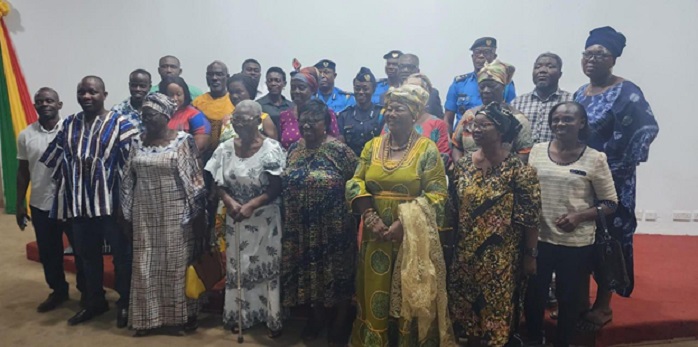


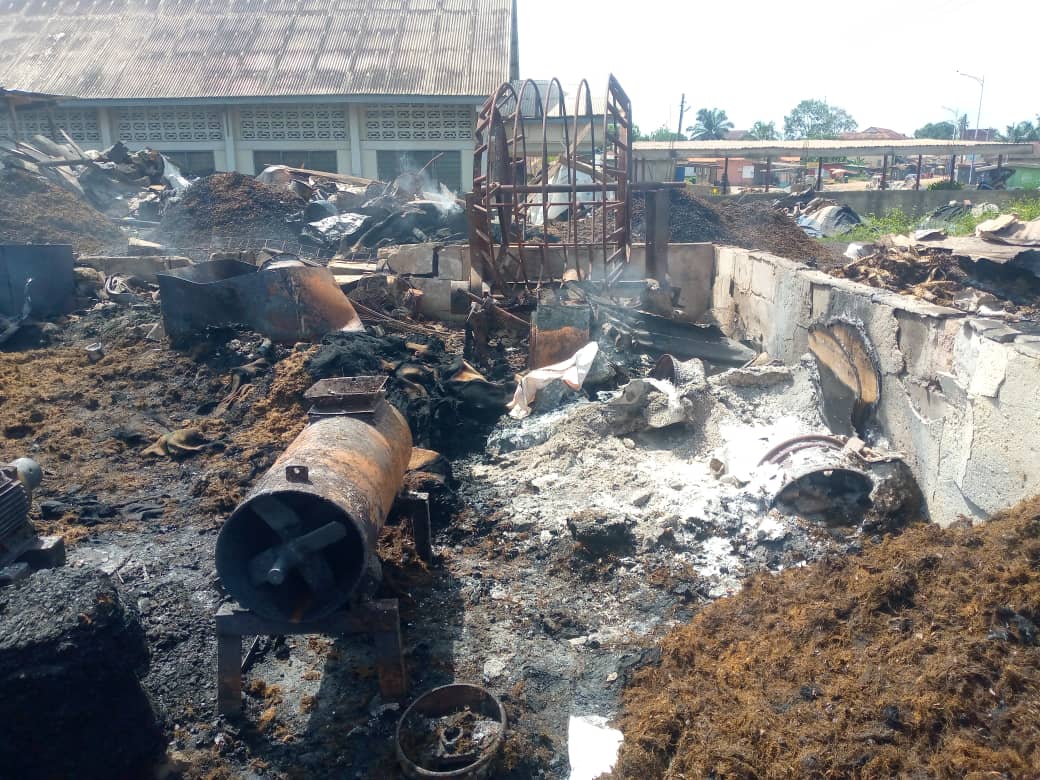



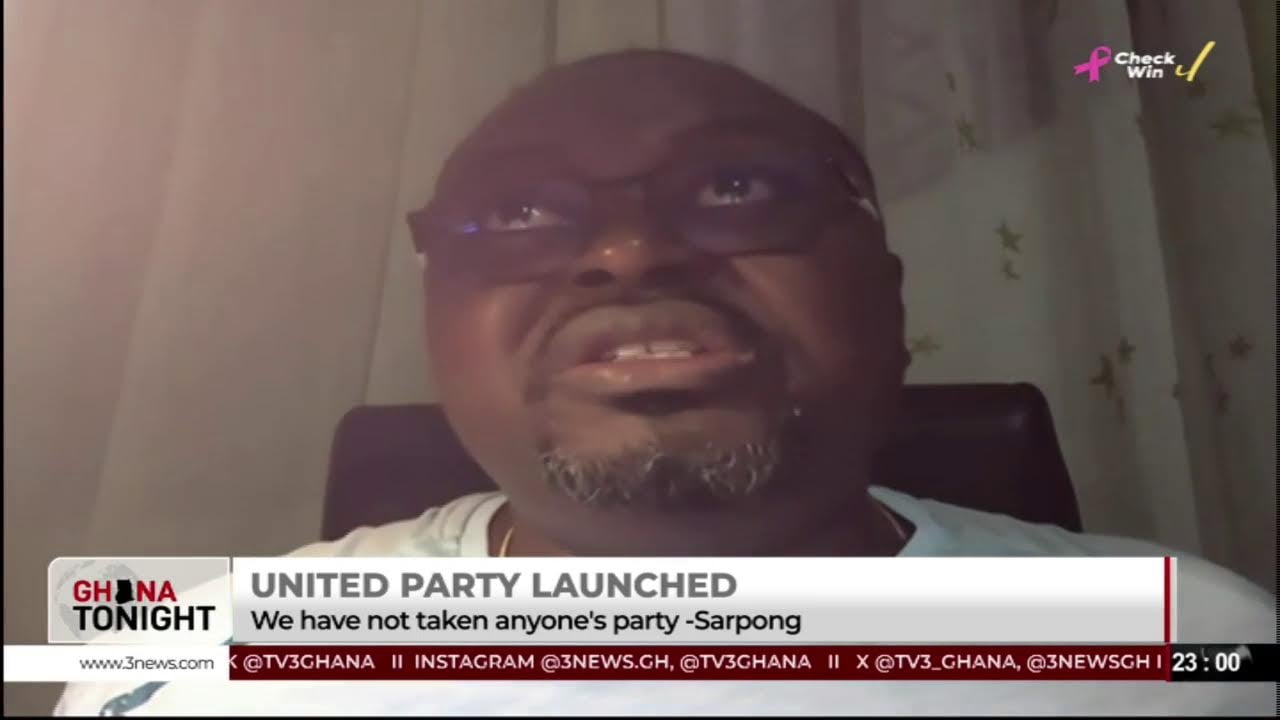
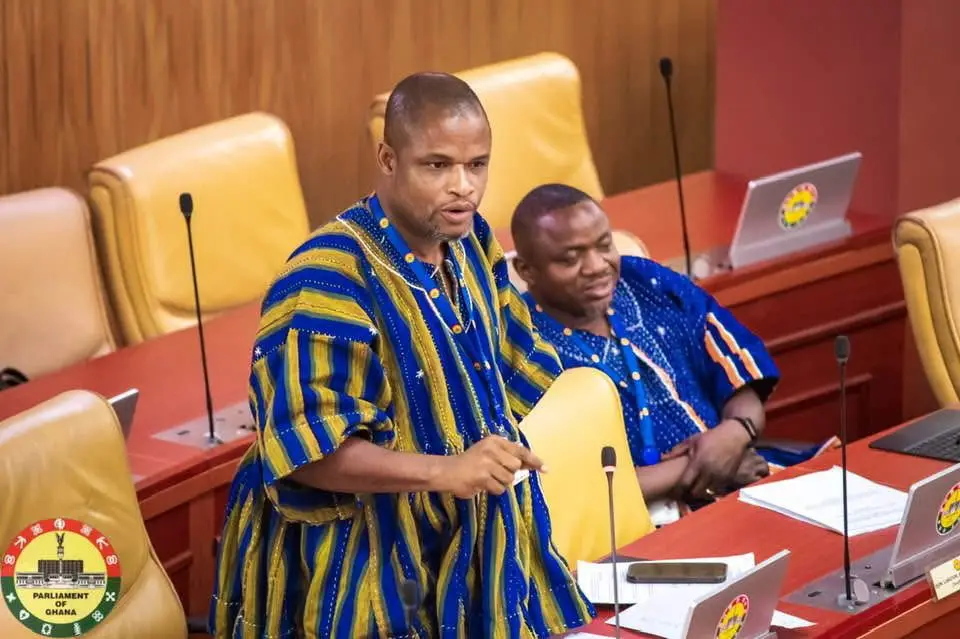
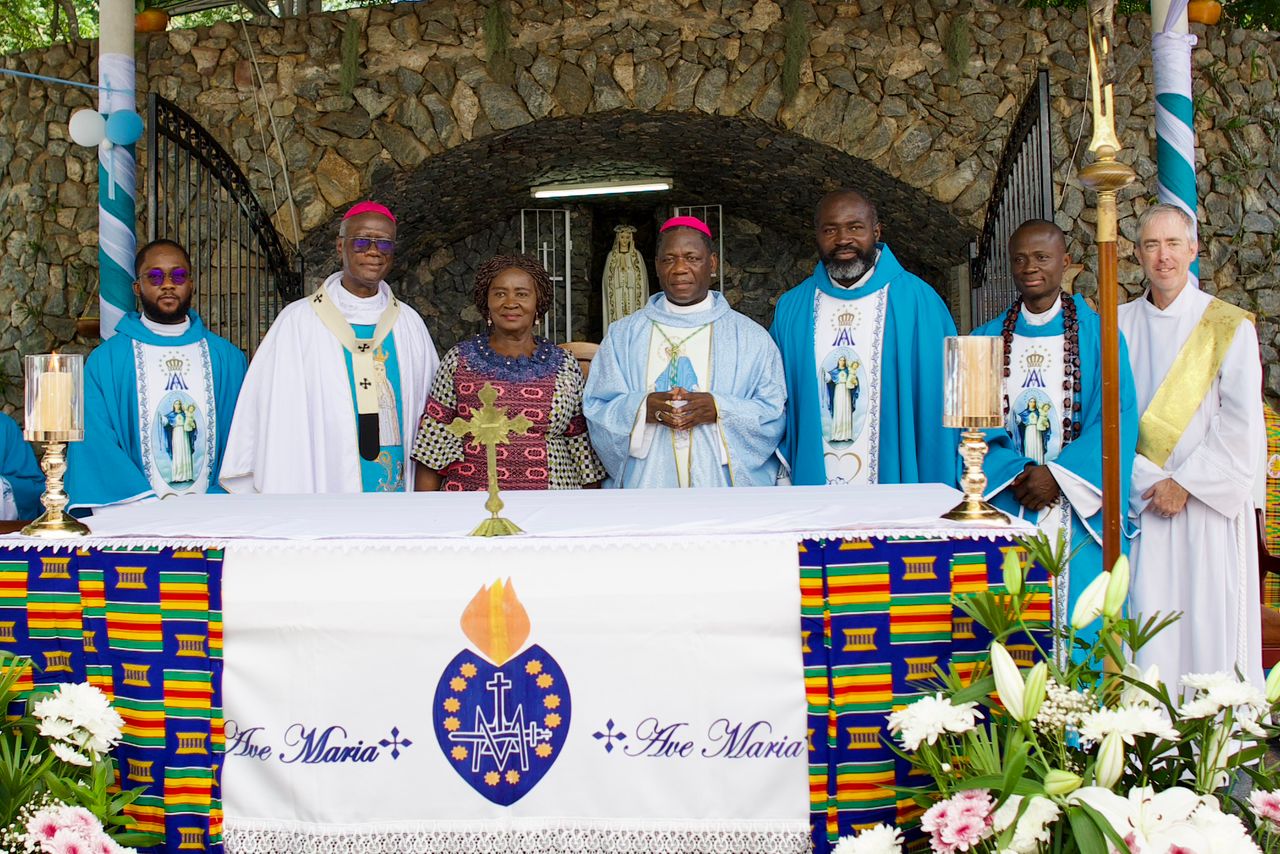


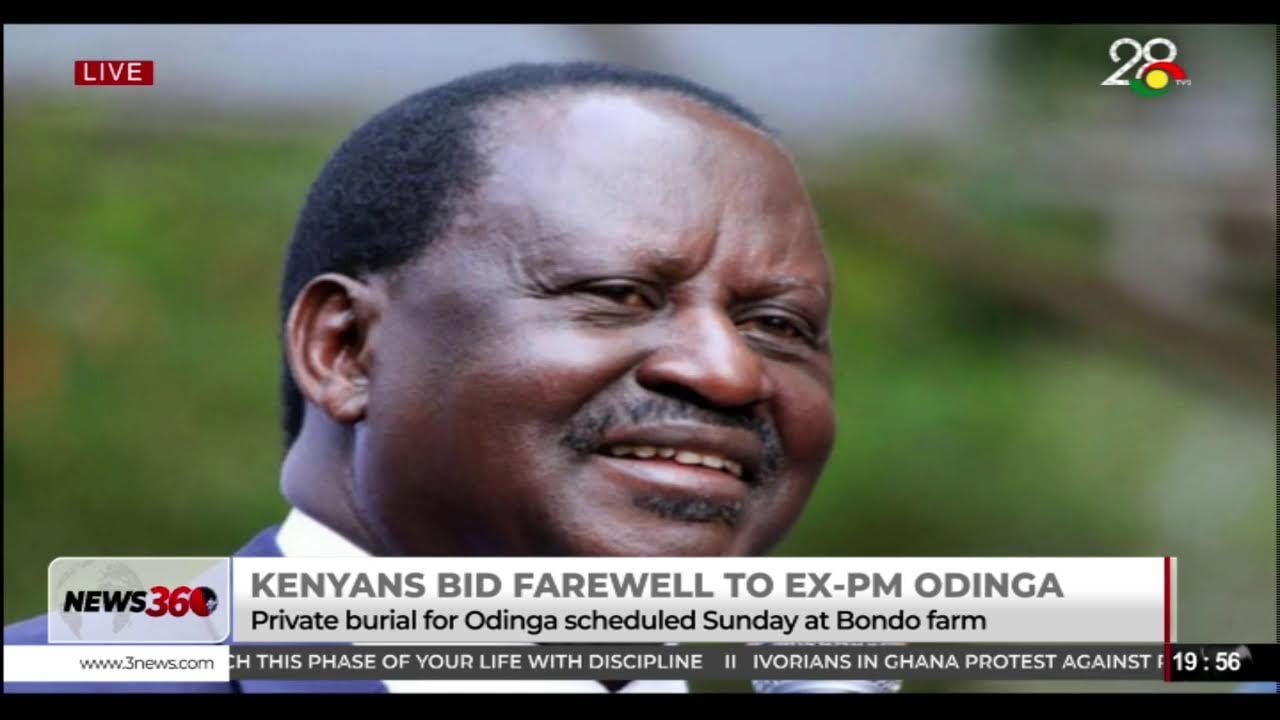
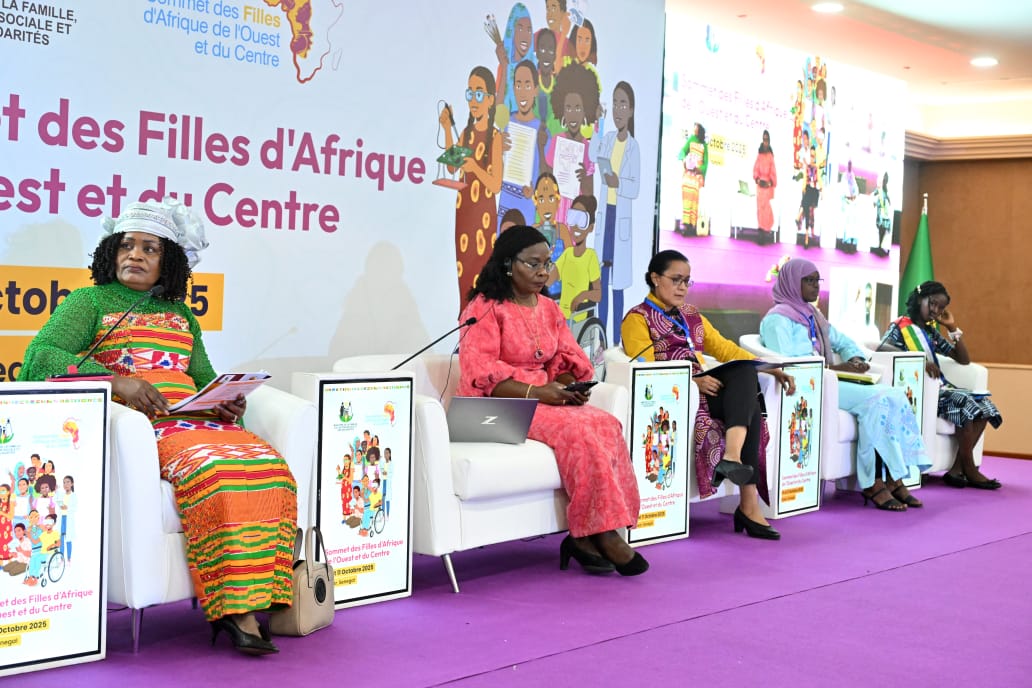



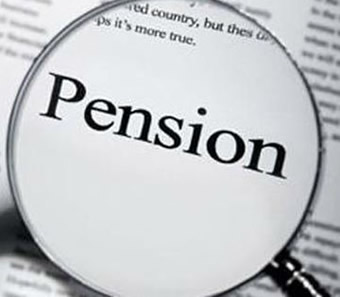








Facebook
Twitter
Pinterest
Instagram
Google+
YouTube
LinkedIn
RSS